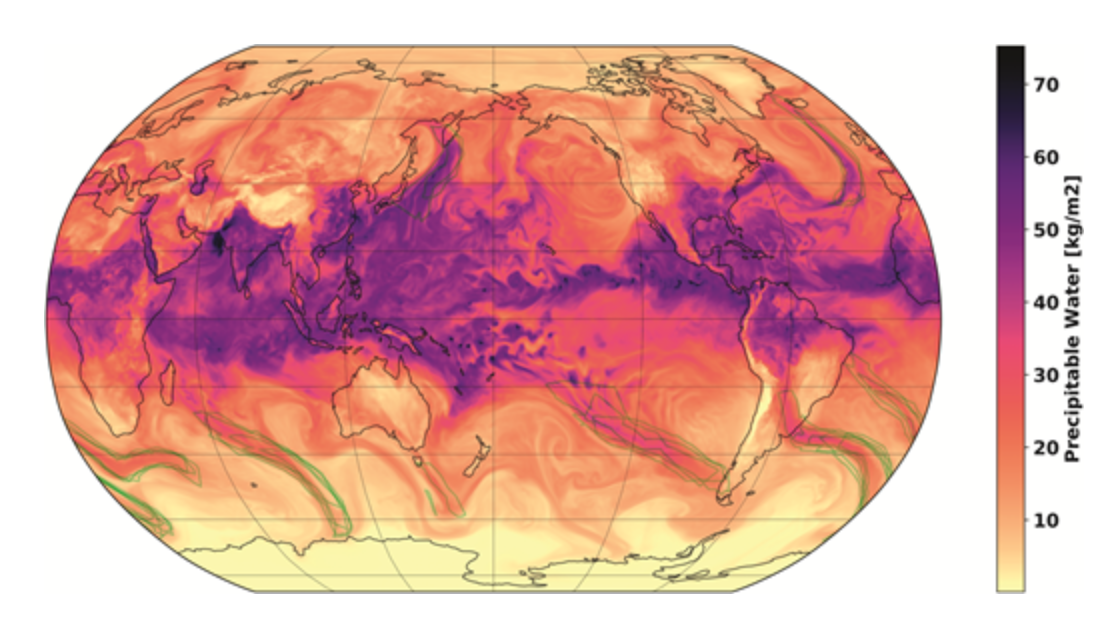[av_one_third first min_height=” vertical_alignment=” space=” custom_margin=” margin=’0px’ link=” linktarget=” link_hover=” padding=’0px’ border=” border_color=” radius=’0px’ background=’bg_color’ background_color=” background_gradient_color1=” background_gradient_color2=” background_gradient_direction=’vertical’ src=” background_position=’top left’ background_repeat=’no-repeat’ animation=” mobile_breaking=” mobile_display=” av_uid=’av-16ihb1′]
[av_hr class=’custom’ height=’50’ shadow=’no-shadow’ position=’left’ custom_border=’av-border-fat’ custom_width=’50px’ custom_border_color=’#fdba2a’ custom_margin_top=’30px’ custom_margin_bottom=’30px’ icon_select=’no’ custom_icon_color=” icon=’ue808′ font=’entypo-fontello’ av_uid=’av-jjssutd7′ admin_preview_bg=”]
[av_heading heading=’AUTHORS’ tag=’h3′ link_apply=” link=’manually,http://’ link_target=” style=’blockquote modern-quote’ size=” subheading_active=’subheading_below’ subheading_size=’15’ margin=” padding=’10’ color=” custom_font=” custom_class=” admin_preview_bg=” av-desktop-hide=” av-medium-hide=” av-small-hide=” av-mini-hide=” av-medium-font-size-title=” av-small-font-size-title=” av-mini-font-size-title=” av-medium-font-size=” av-small-font-size=” av-mini-font-size=” av_uid=’av-pzn6n’]
Travis A. O’Brien; Ashley E. Payne; Christine A. Shields; Jonathan Rutz; Swen Brands; Christopher Castellano; Jiayi Chen; William Cleveland; Michael J. DeFlorio; Naomi Goldenson Irina V. Gorodetskaya; Héctor Inda Díaz; Karthik Kashinath; Brian Kawzenuk; Sol Kim; Mikhail Krinitskiy; Juan M. Lora; Beth McClenny; Allison Michaelis; John P. O’Brien; Christina M. Patricola; Alexandre M. Ramos; Eric J. Shearer; Wen-Wen Tung; Paul A. Ullrich; Michael F. Wehner; Kevin Yang; Rudong Zhang; Zhenhai Zhang; Yang Zhou
[/av_heading]
[av_heading heading=’YEAR’ tag=’h3′ link_apply=” link=’manually,http://’ link_target=” style=’blockquote modern-quote’ size=” subheading_active=’subheading_below’ subheading_size=’15’ margin=” padding=’10’ color=” custom_font=” custom_class=” admin_preview_bg=” av-desktop-hide=” av-medium-hide=” av-small-hide=” av-mini-hide=” av-medium-font-size-title=” av-small-font-size-title=” av-mini-font-size-title=” av-medium-font-size=” av-small-font-size=” av-mini-font-size=” av_uid=’av-5c10db’]
June 2020
[/av_heading]
[av_textblock size=” font_color=” color=” av-medium-font-size=” av-small-font-size=” av-mini-font-size=” av_uid=’av-khmevium’ admin_preview_bg=”]
DOI
[/av_textblock]
[av_hr class=’custom’ height=’50’ shadow=’no-shadow’ position=’left’ custom_border=’av-border-fat’ custom_width=’50px’ custom_border_color=’#fdba2a’ custom_margin_top=’30px’ custom_margin_bottom=’30px’ icon_select=’no’ custom_icon_color=” icon=’ue808′ font=’entypo-fontello’ av_uid=’av-jjssutd7′ admin_preview_bg=”]
[/av_one_third]
[av_two_third min_height=” vertical_alignment=’av-align-top’ space=” margin=’0px’ margin_sync=’true’ link=” linktarget=” link_hover=” padding=’0px’ padding_sync=’true’ border=” border_color=” radius=’0px’ radius_sync=’true’ background=’bg_color’ background_color=” background_gradient_color1=” background_gradient_color2=” background_gradient_direction=’vertical’ src=” attachment=” attachment_size=” background_position=’top left’ background_repeat=’no-repeat’ animation=” mobile_breaking=” mobile_display=” av_uid=’av-wa9wl’]
[av_heading heading=’Detection Uncertainty Matters for Understanding Atmospheric Rivers’ tag=’h3′ link_apply=” link=’manually,http://’ link_target=” style=’blockquote modern-quote’ size=” subheading_active=’subheading_below’ subheading_size=’15’ margin=” padding=’10’ color=” custom_font=” custom_class=” admin_preview_bg=” av-desktop-hide=” av-medium-hide=” av-small-hide=” av-mini-hide=” av-medium-font-size-title=” av-small-font-size-title=” av-mini-font-size-title=” av-medium-font-size=” av-small-font-size=” av-mini-font-size=”][/av_heading]
[av_image src=’http://climatemulti.wpengine.com/wp-content/uploads/sites/22/2020/11/Screen-Shot-2020-11-23-at-6.01.24-PM-300×176.png’ attachment=’3588′ attachment_size=’medium’ align=’center’ styling=” hover=” link=” target=” caption=” font_size=” appearance=” overlay_opacity=’0.4′ overlay_color=’#000000′ overlay_text_color=’#ffffff’ copyright=” animation=’no-animation’ av_uid=’av-9tzwy’ admin_preview_bg=”][/av_image]
[av_heading heading=’Abstract’ tag=’h3′ link_apply=” link=” link_target=” style=’blockquote modern-quote’ size=” subheading_active=’subheading_below’ subheading_size=’15’ margin=” padding=’10’ color=” custom_font=” custom_class=” admin_preview_bg=” av-desktop-hide=” av-medium-hide=” av-small-hide=” av-mini-hide=” av-medium-font-size-title=” av-small-font-size-title=” av-mini-font-size-title=” av-medium-font-size=” av-small-font-size=” av-mini-font-size=”][/av_heading]
[av_textblock size=” font_color=” color=” av-medium-font-size=” av-small-font-size=” av-mini-font-size=” av_uid=’av-jjst1fu9′ admin_preview_bg=”]
Atmospheric rivers (ARs) are increasingly recognized globally as an important weather phenomenon associated with extreme precipitation. There is a substantial body of literature indicating that ARs are responsible for a large fraction of wet-season precipitation on western coasts (Rutz et al. 2019) and that they can cause large changes in snowpack (both positive and negative; Guan et al. 2010; Chen et al. 2019). Individual ARs and collections of ARs can bring large amounts of precipitation that drive floods and other storm-related hazards (Ralph et al. 2006, 2019a). ARs are a significant factor for water and associated water systems in the vicinity of western coasts (Gao et al. 2016; Ralph et al. 2019b). It is increasingly evident that they have major impacts on the energy and water budgets of the cryosphere: including mountains (Chen et al. 2019) and high-latitude regions (Gorodetskaya et al. 2014). These research advances hinge on technical advances in tracking ARs in observations, reanalyses, and climate model simulations and on understanding uncertainties associated with different tracking methods. In parallel with the recent increase in research activity around ARs, an increasing number of research groups have developed unique methods for tracking ARs (Shields et al. 2019).
The Atmospheric River Tracking Intercomparison Project (ARTMIP) was created to design a set of experiments that could quantify the uncertainty associated with AR tracking (Shields et al. 2018; Rutz et al. 2019). The concept of a multitiered experimental approach, based on tracking ARs across common datasets, resulted from the First ARTMIP Workshop in 2017. The tier 1 experiment is focused on tracking ARs in a modern reanalysis [Modern-Era Retrospective Analysis for Research and Applications, version 2 (MERRA2)]. The Second ARTMIP Workshop (Shields et al. 2019) was oriented around discussion of tier 1 results and around designing and planning the first set of tier 2 experiments: the tier 2 C20C+ experiment and the tier 2 CMIP5/6 experiment. Both initial tier 2 experiments are focused on understanding the effects of climate change on AR characteristics, with the C20C+ experiment focusing on a set of high-resolution atmosphere-only simulations, and the CMIP5/6 experiment focusing on a multimodel collection of fully coupled simulations from the Coupled Model Intercomparison Project.
Following the Second ARTMIP Workshop, two separate developments motivated the need for developing a large dataset of hand-labeled ARs. Discussions following the Second ARTMIP Workshop suggested that differences among AR tracking algorithms might reflect differences in expert opinion about what constitutes the boundary of ARs; resolving this question would require experts to hand-label ARs. Unrelated, but concurrent, advances in computational climate science have demonstrated the utility of modern machine-learning methods for tracking weather phenomena (Mudigonda et al. 2017; Muszynski et al. 2019; Kurth et al. 2018). These developments also highlight the need for high-quality data to train machine-learning methods: expert-labeled datasets.
[/av_textblock]
[/av_two_third]

